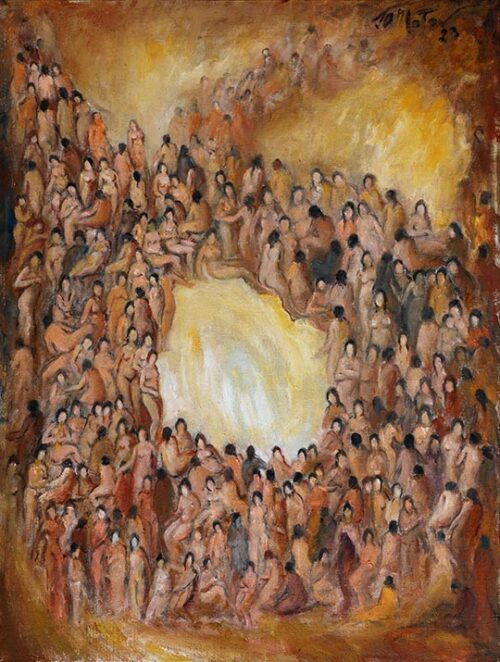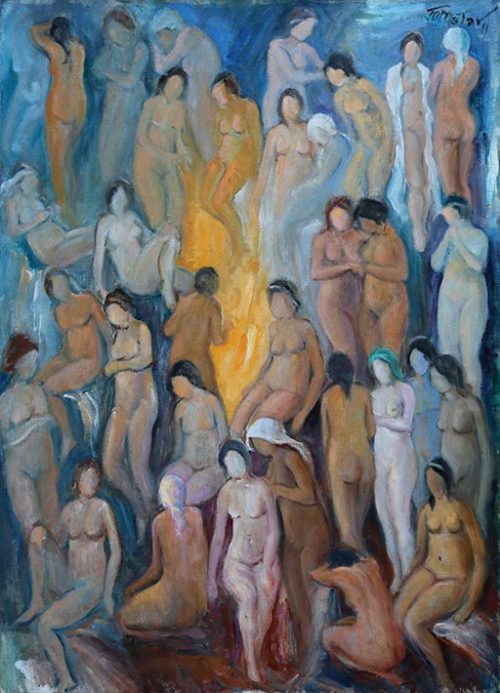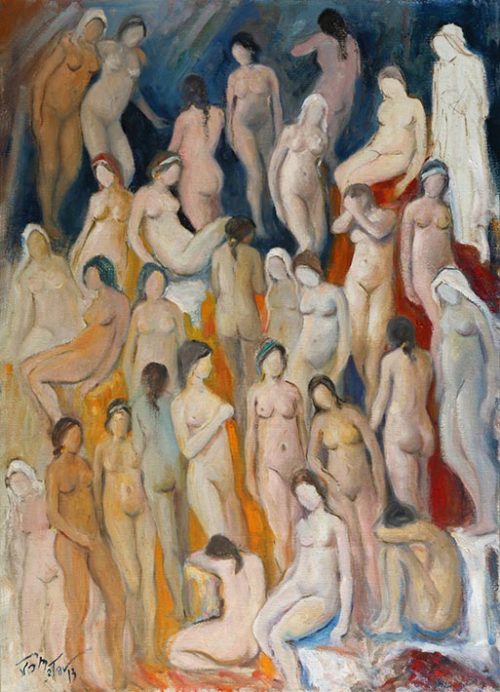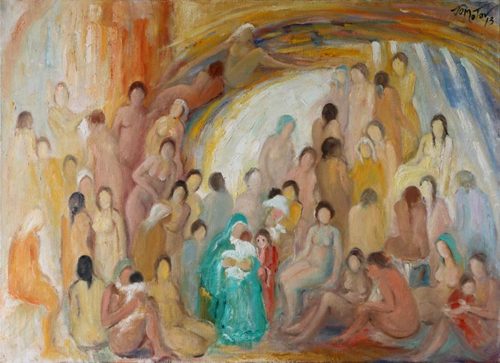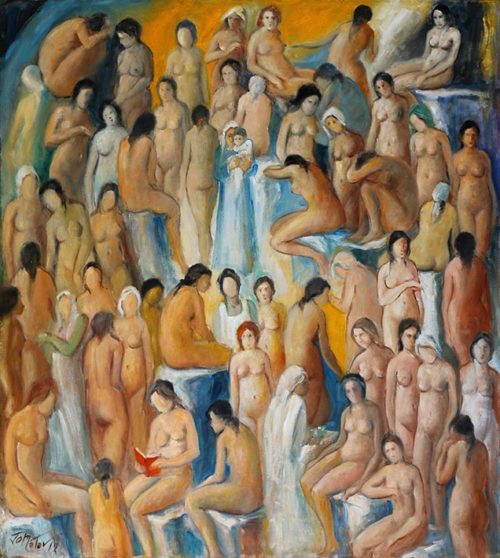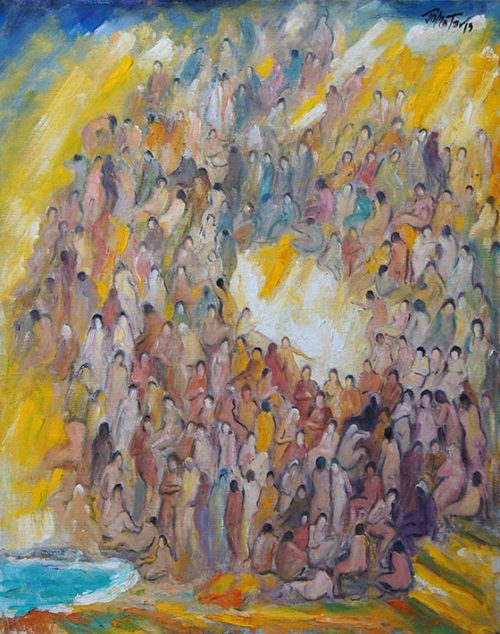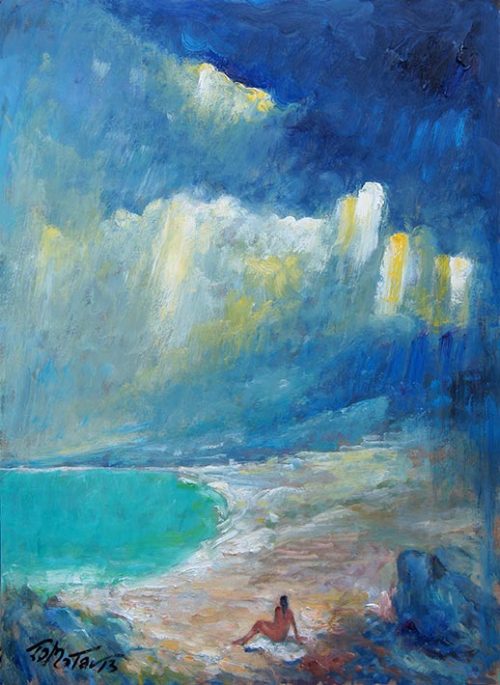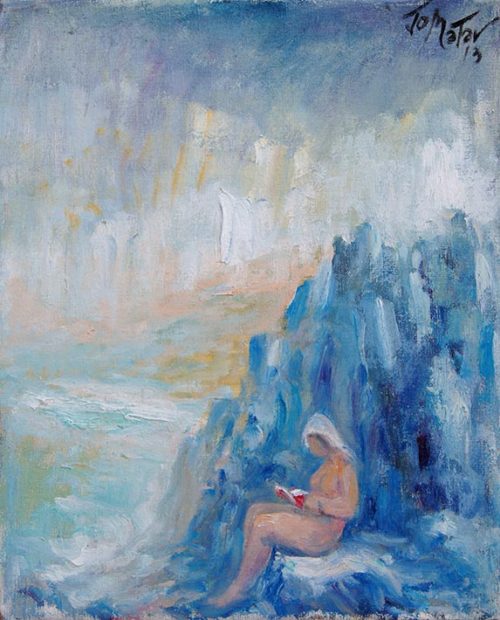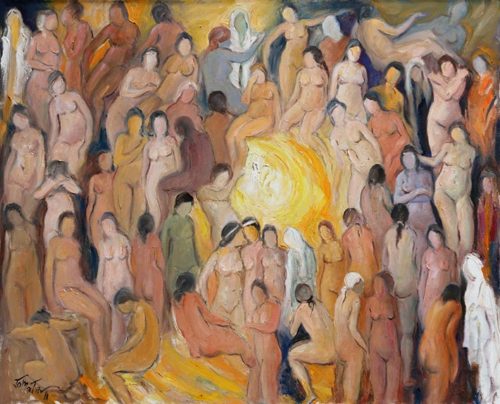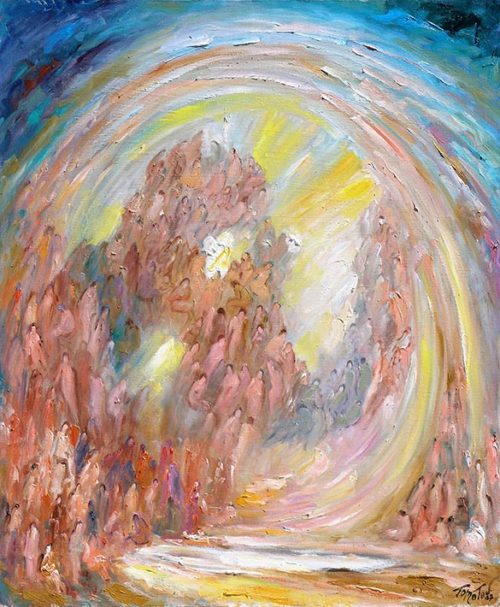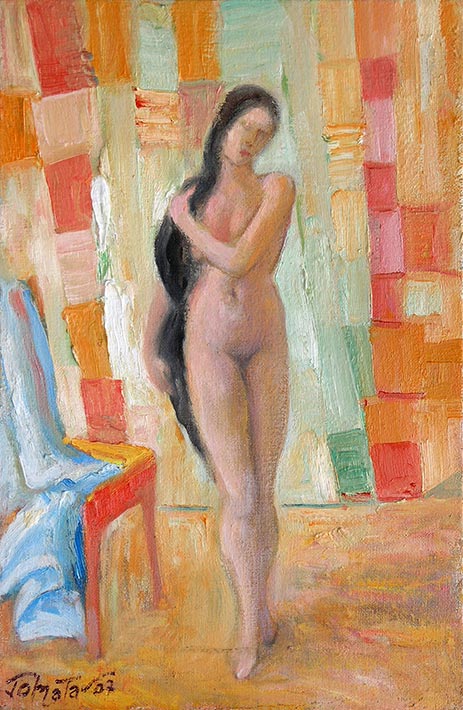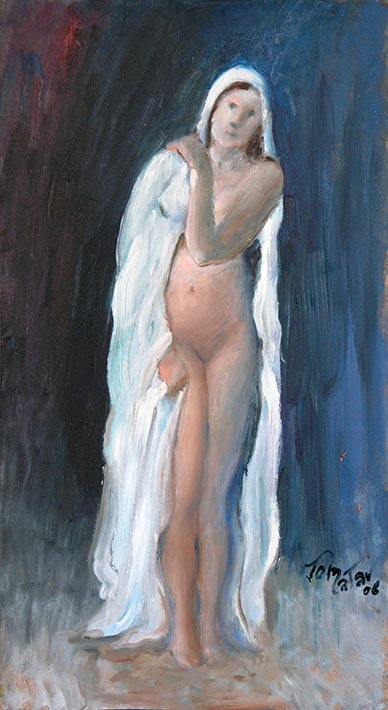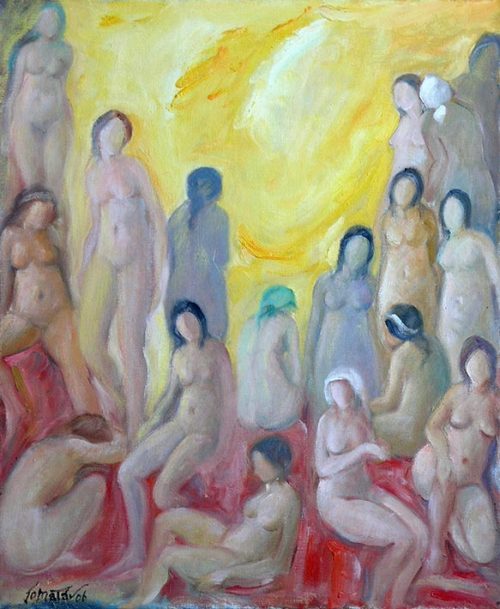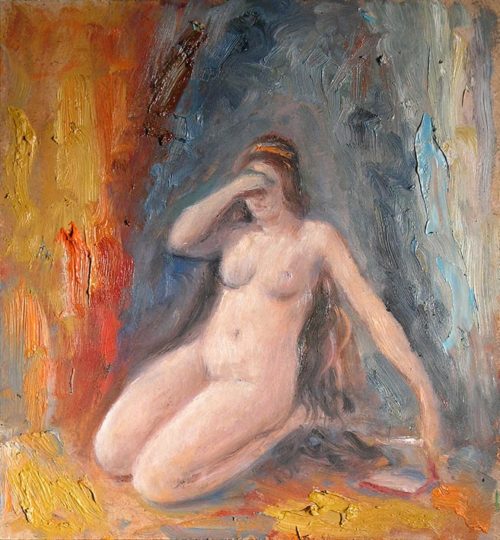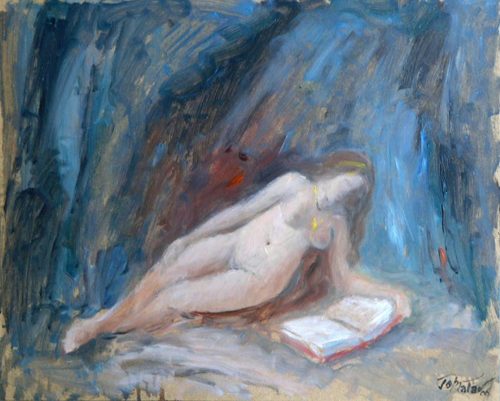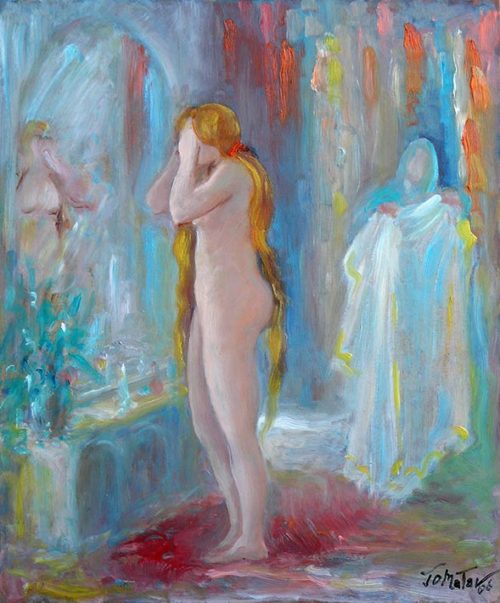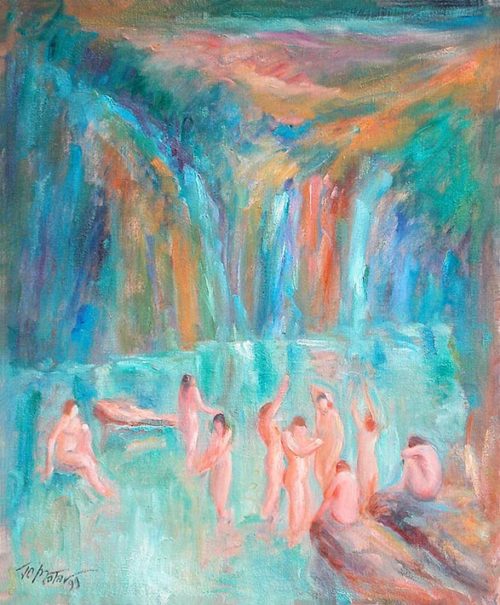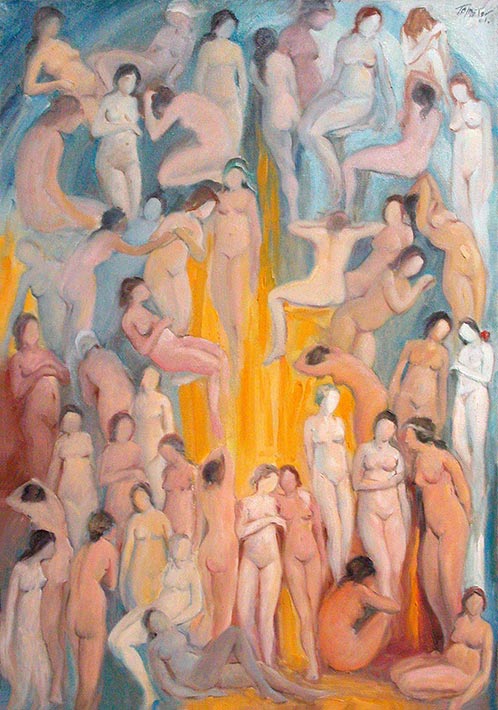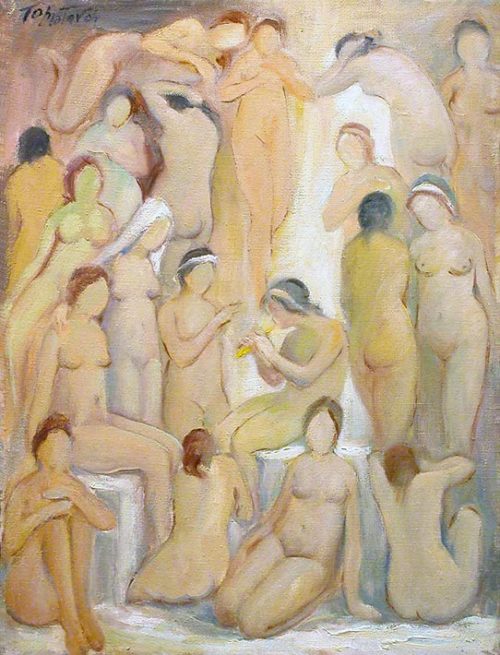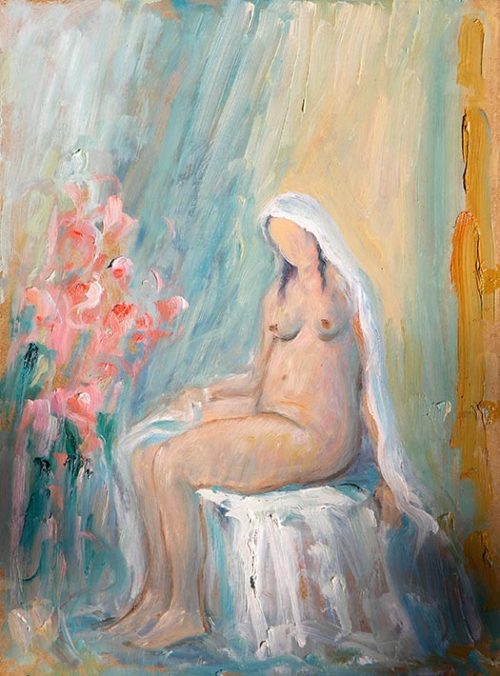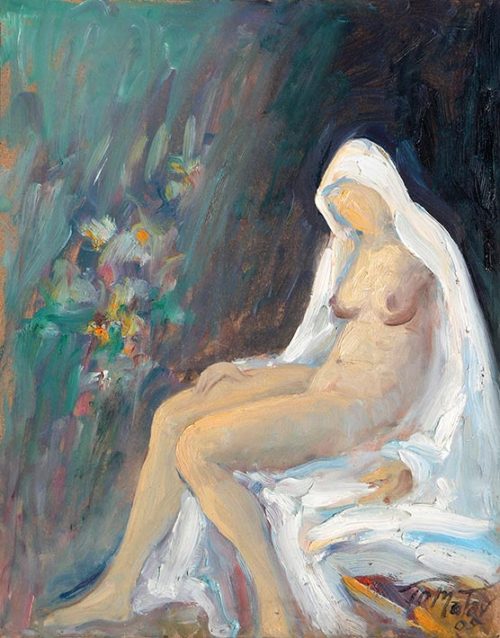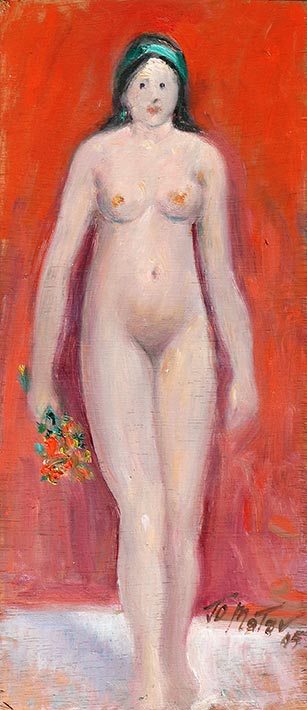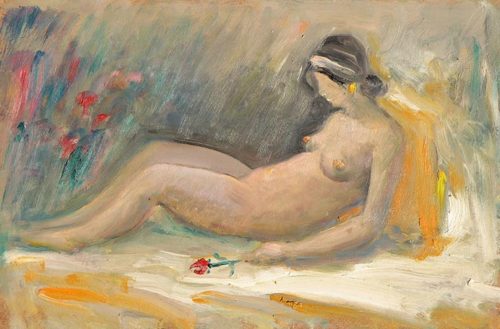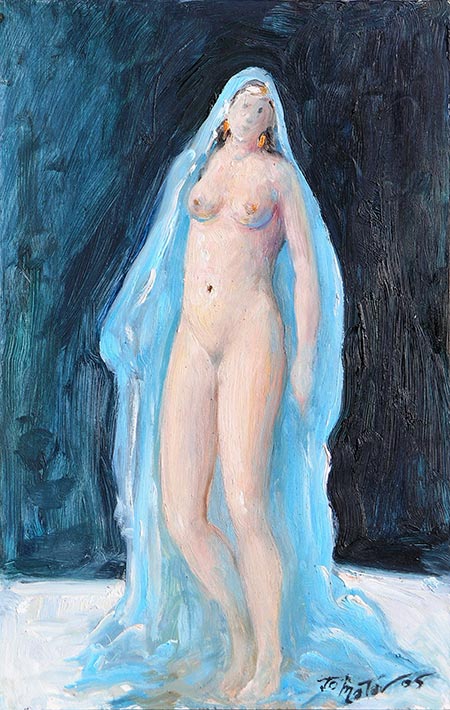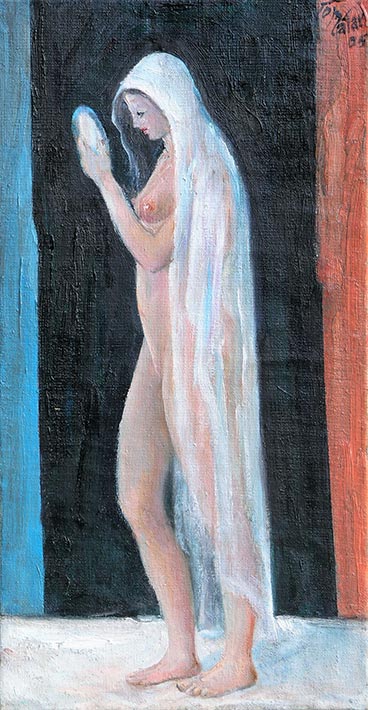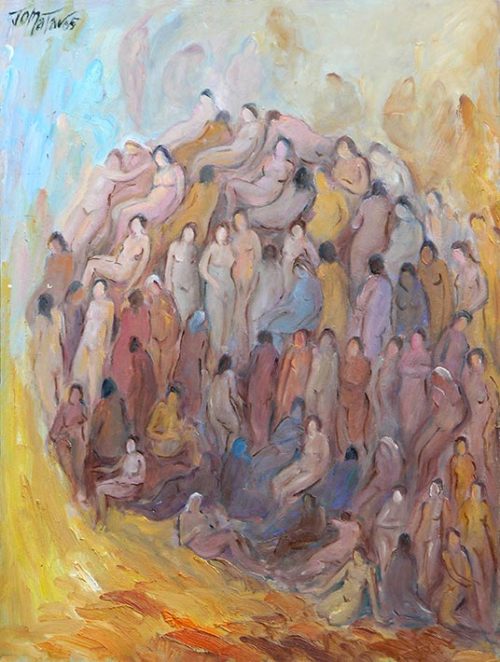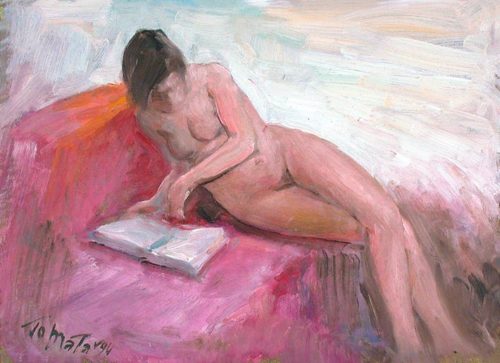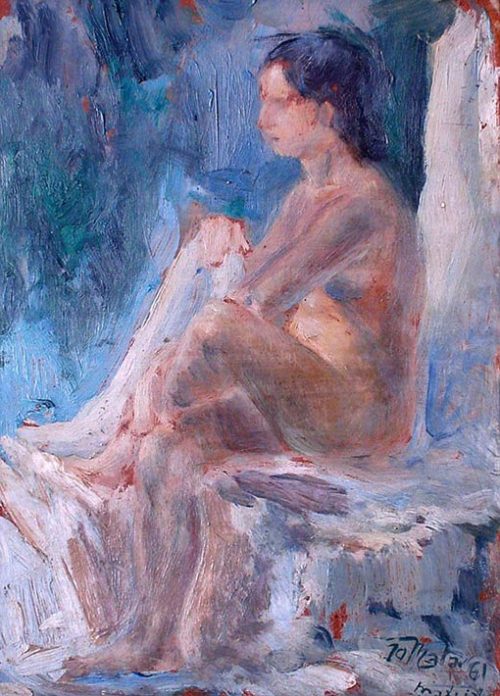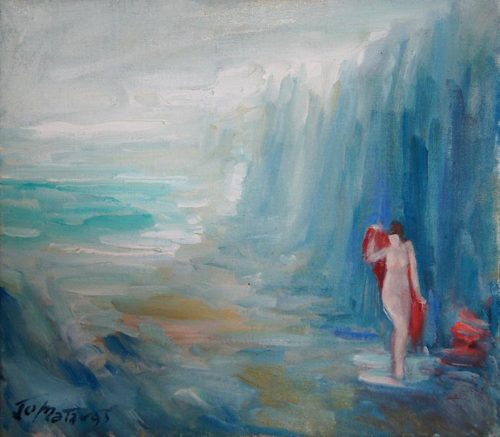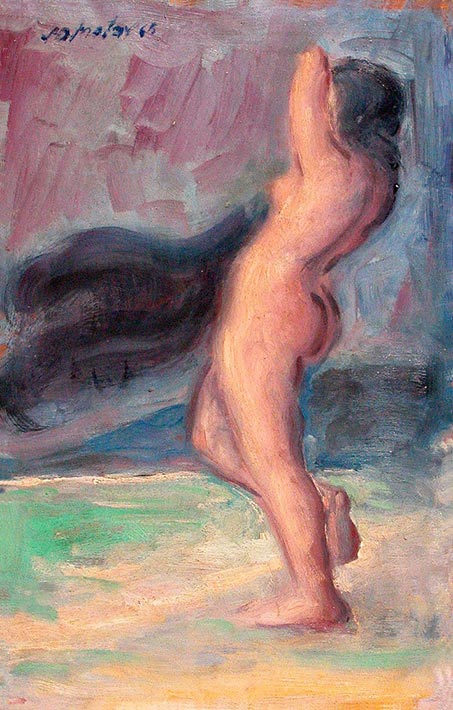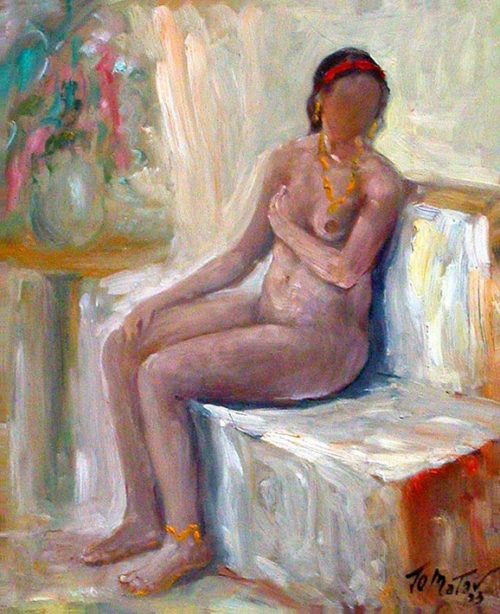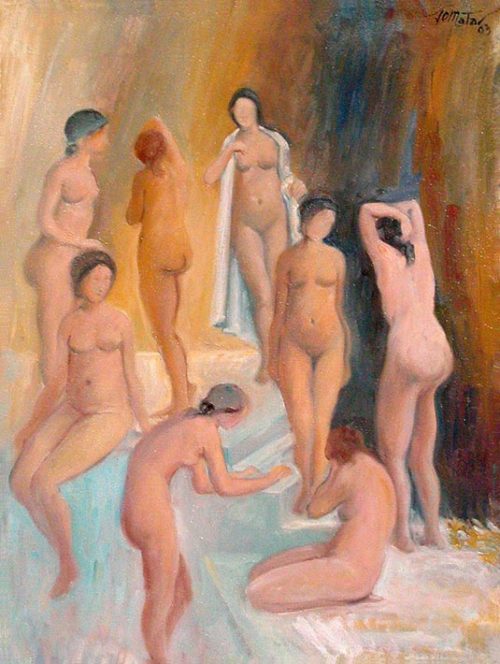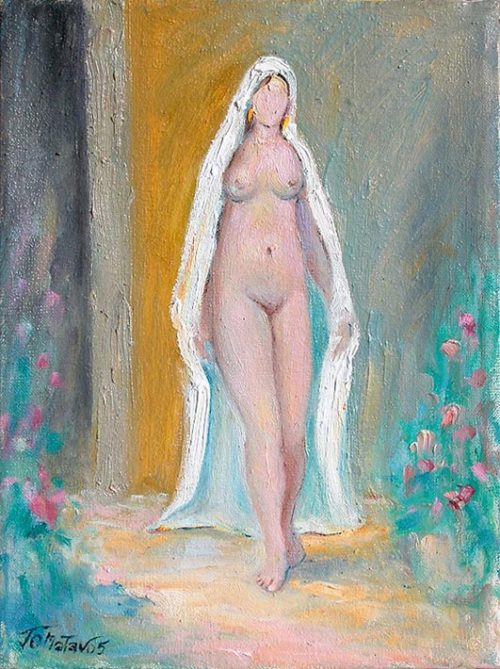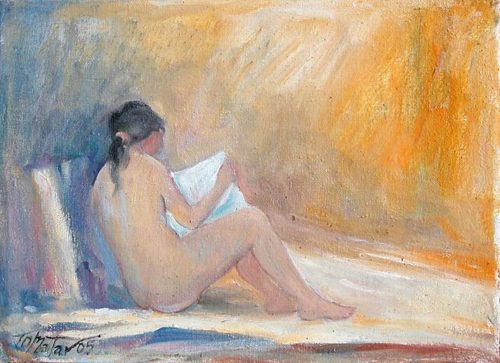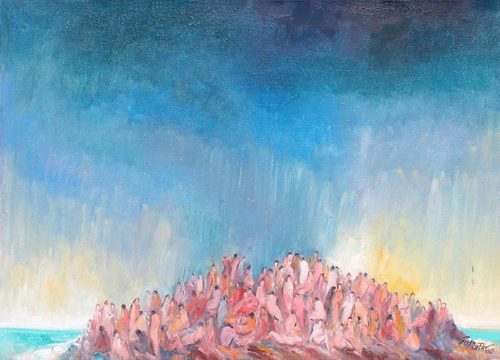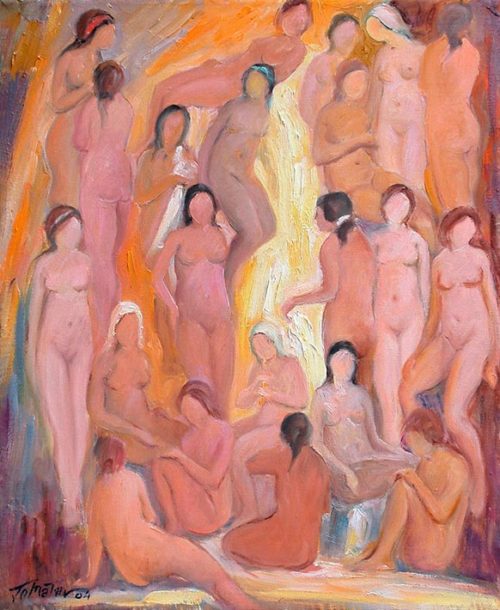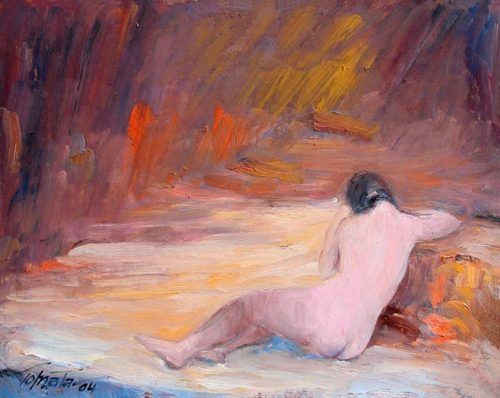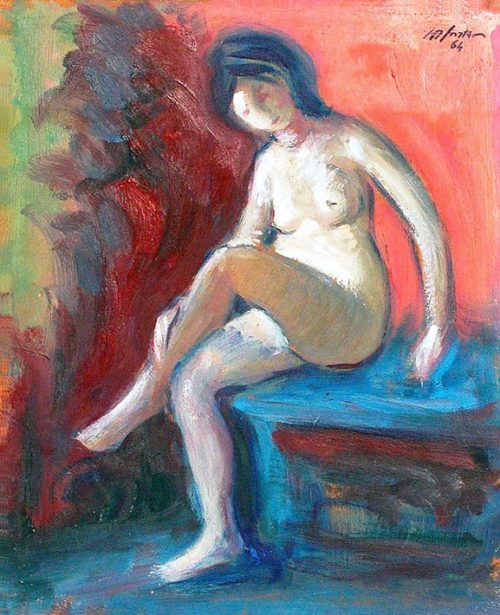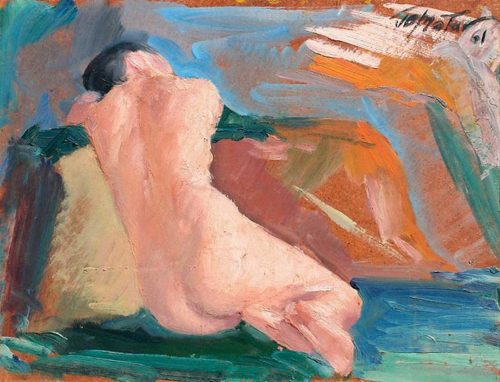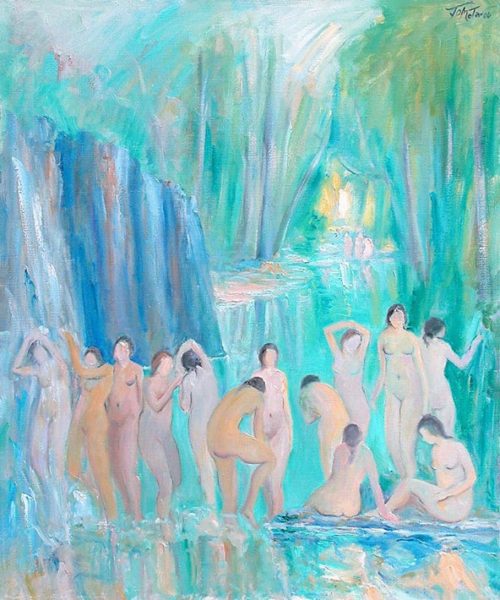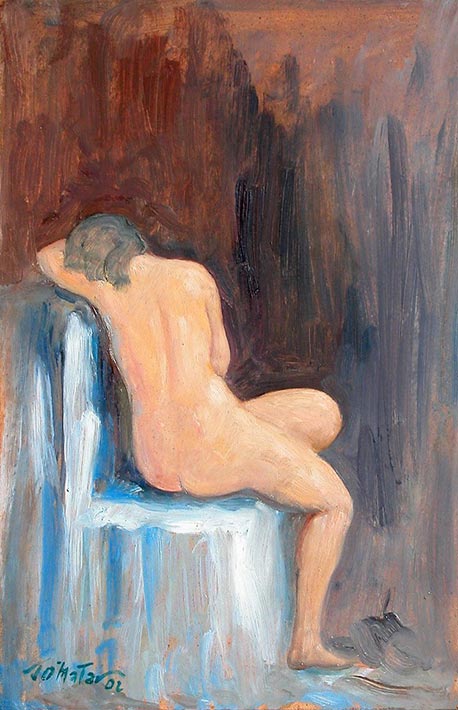Nude
It is often said that the nude is always chaste provided only that it is beautiful; but rather should it be said that the nude is beautiful provided only that it is chaste. In what did the art of Phidias not go straighter than the wisdom of Plato? There is little concern for what is hidden or what is clothed, but rather passion expressing agreement between thought and Nature.
In front of the nude there is no lie, a triumph that art has allowed, at least in thought. Whether a man or a woman, the nude is not an undressed body, but a conception of the forms of the human body, the body and its soul, the body with its spirit indwelling. Modesty is closely connected with traditions of politeness that hide the signs of nature. The nude has been known since before the dawn of written history when there were sculptured Venuses, such as the Magdalenian Venus. All the ancient civilizations, Babylonian, Pharaonic, Greek and Roman, produced wonderful representations of the living body. With Christianity came the problem of “the chaste or the sacred” and the profane, reaching the point of voluptuousness with the Renaissance.
For Joseph Matar, the nude is sacred. Through this molded material of the body he expresses every passion, but anything erotic, pornography, has no place in his work. Before his nudes and nudities one prays, whether Magdalens, recumbent forms or embraces, desire and lust being absent. We see his cosmic compositions in which the woman with all her charms and grace occupies all the space in ellipses covering the canvas and in which the color, integral part of the work, is bound up with the form and design. Joseph Matar’s nudes bear us away to his Eden, his Paradise. A man feels united with nature, grandiose but at the same time human. Here the nude becomes a sacred element bound to the divine, an act of creation, impregnated with mysteries, the mysteries of woman.
LebanonArt Editorial



